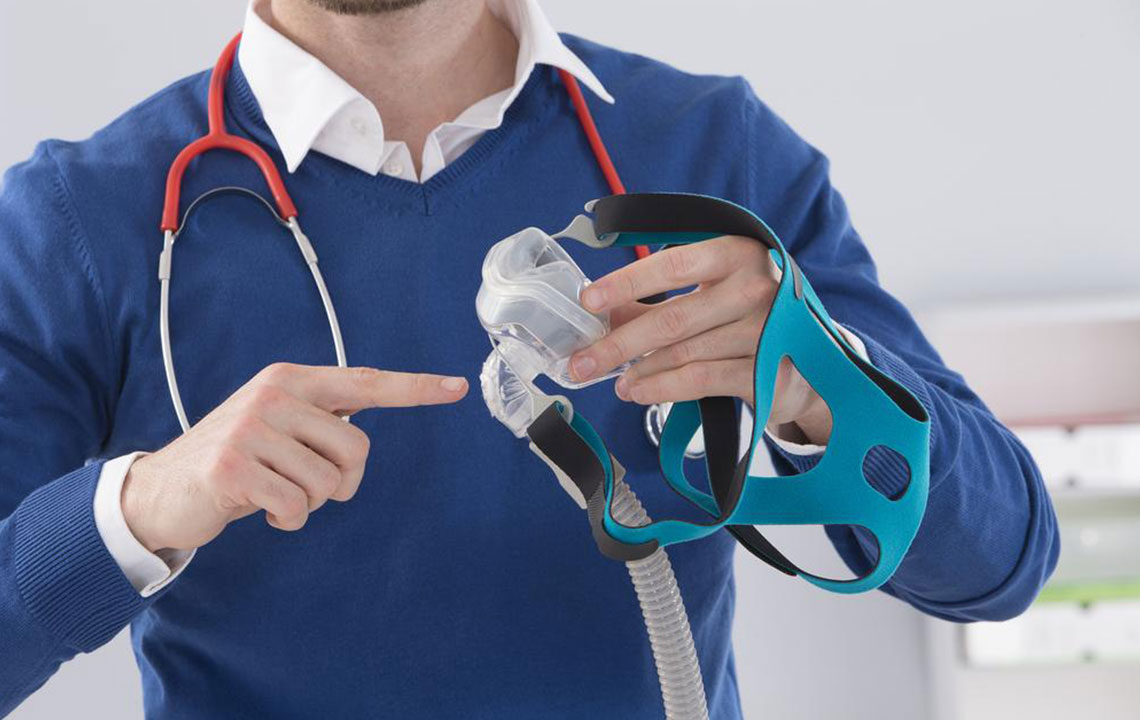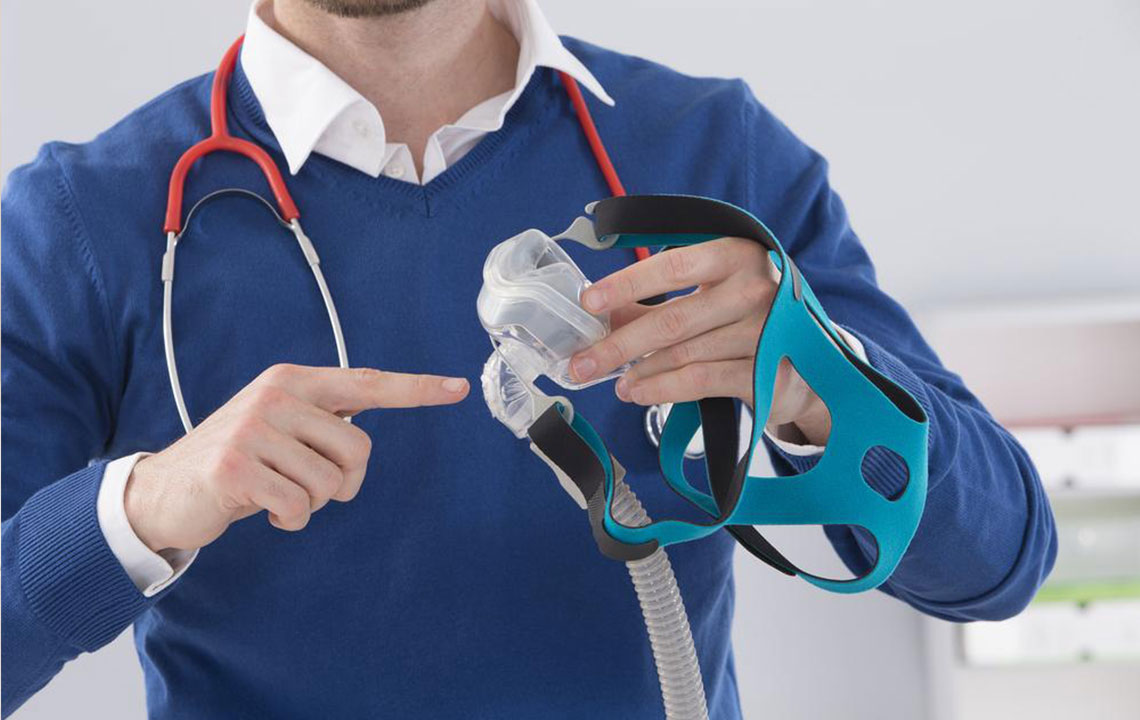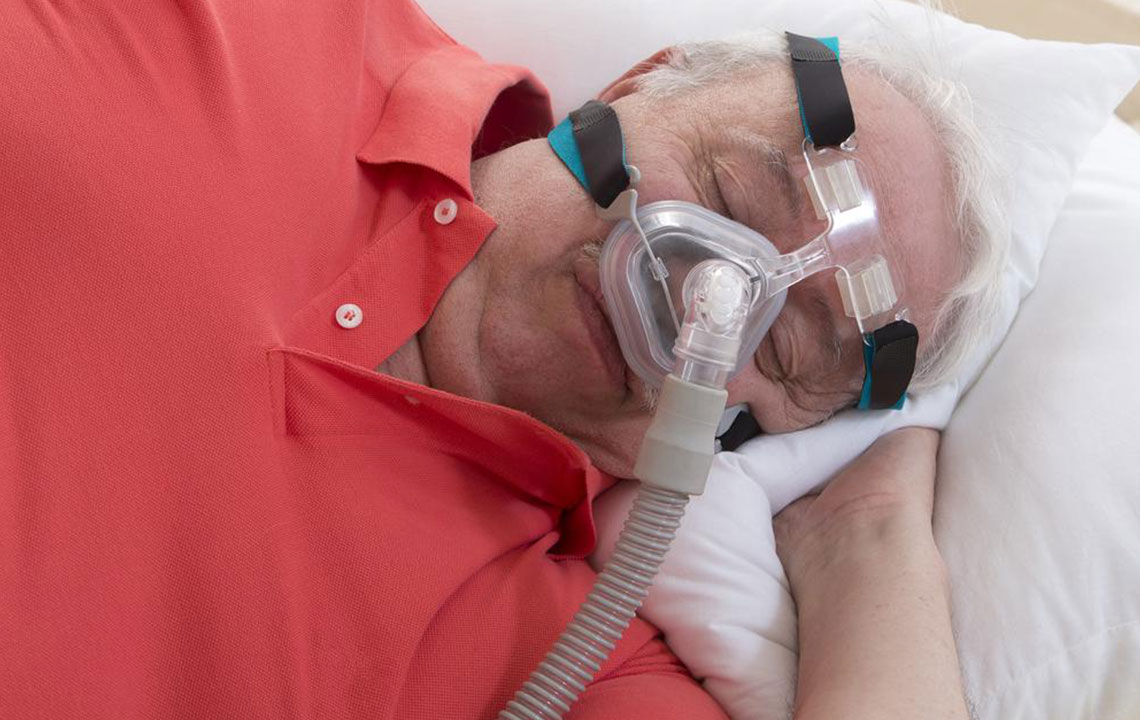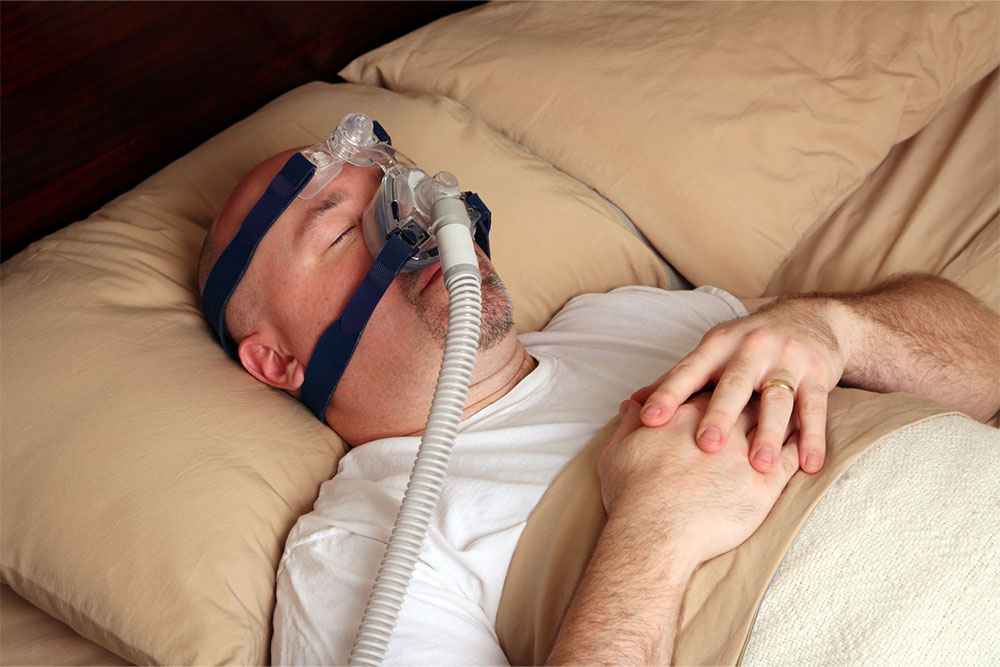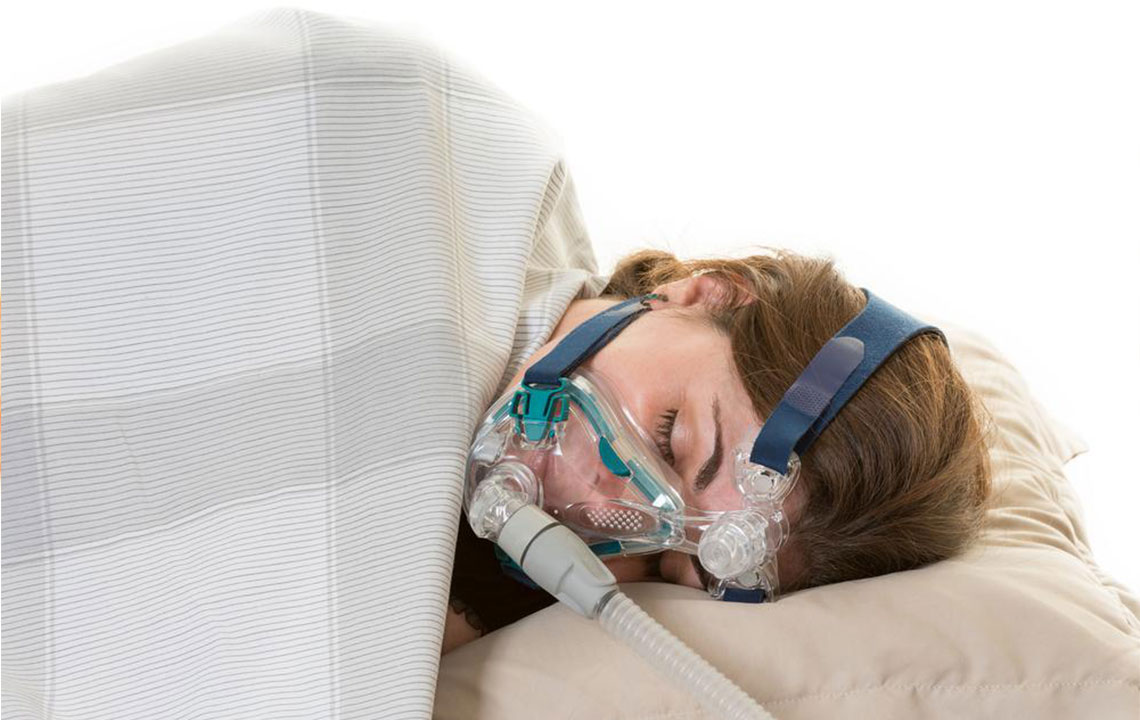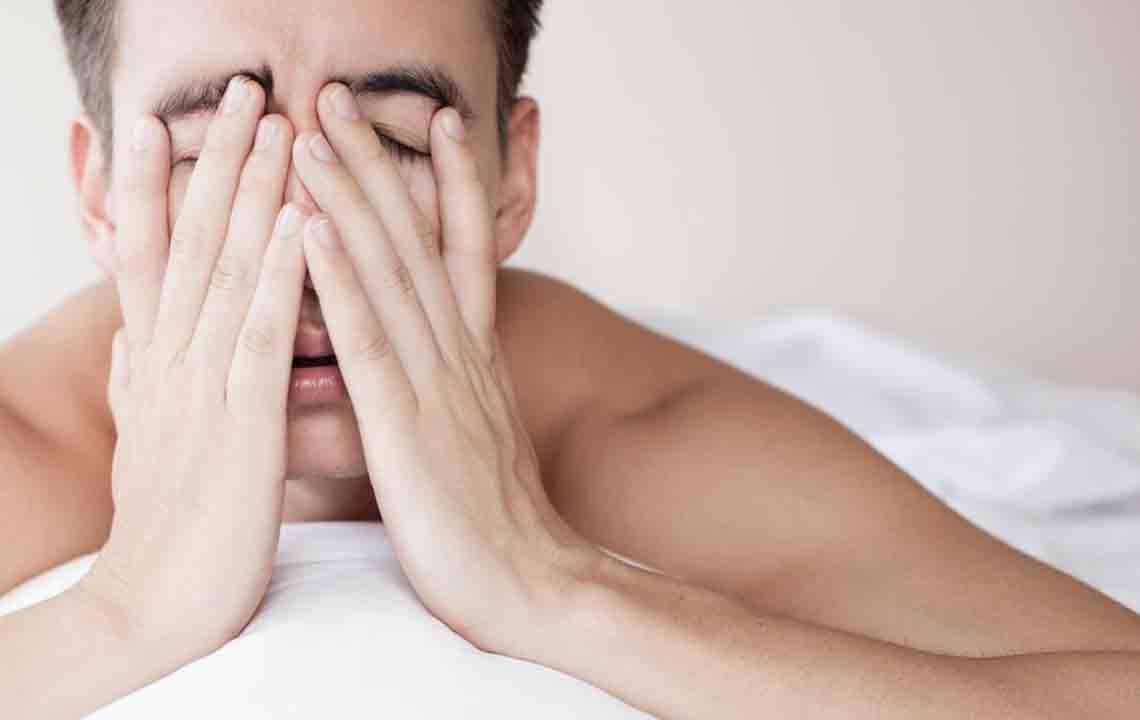Comprehensive Guide to Managing Sleep Apnea: Effective Treatments and Emerging Alternatives
This comprehensive guide explores effective treatments for sleep apnea, including standard CPAP therapy and innovative alternatives like nasal valve devices, oral appliances, positional therapy, and surgical options. It highlights technological advancements and personalized treatment considerations, helping patients find suitable solutions for better sleep and health.

Comprehensive Guide to Managing Sleep Apnea: Effective Treatments and Emerging Alternatives
Sleep apnea, particularly obstructive sleep apnea (OSA), is a widespread condition characterized by recurrent episodes of airway obstruction during sleep, leading to disrupted rest and potential health complications. Addressing this condition effectively requires an understanding of available treatment options, including standard therapies like Continuous Positive Airway Pressure (CPAP) and innovative alternative methods. This comprehensive guide explores the most effective solutions, recent advances, and alternative options, helping patients and healthcare providers make informed decisions to improve sleep quality and overall health.
CPAP Therapy: The Gold Standard for Sleep Apnea Management
CPAP therapy remains the cornerstone in treating moderate to severe cases of OSA. This device delivers a steady stream of pressurized air through a mask worn over the nose or both nose and mouth, preventing airway collapse during sleep. The effectiveness of CPAP has been thoroughly validated; it significantly enhances sleep quality, reduces daytime fatigue, improves mood, and diminishes the risk of cardiovascular problems associated with untreated sleep apnea.
CPAP devices have undergone significant technological improvements to maximize comfort and compliance. Modern machines feature customizable pressure settings, gradual pressure adjustments, exhalation relief, and auto-adjusting functions that respond to the patient's breathing patterns. These innovations help reduce discomfort and facilitate adherence, but some patients still struggle with feeling claustrophobic or are unable to tolerate continuous use.
Despite its proven efficacy, adherence challenges with CPAP therapy lead many patients to seek alternatives. Some individuals find it difficult to adapt to the device, or their lifestyle or health conditions make regular use problematic. For these reasons, a spectrum of alternative treatments has emerged, catering to different patient needs and preferences.
Emerging and Alternative Sleep Apnea Treatments
In recent years, several innovative and less invasive options have gained attention. These alternatives are designed to be more comfortable, portable, or tailored to specific types of sleep apnea. Below are some of the most promising treatments currently available or under development:
Nasal Valve Devices (Provent)
Provent is a small, disposable device placed inside the nostrils before sleep. It employs a tiny valve that creates resistance during exhalation, helping to keep the airway open. This simple mechanism can significantly reduce apnea episodes in mild to moderate cases. Its portability makes it convenient for travel, and its non-invasive nature appeals to many patients. However, insurance coverage varies, and some users may find it less effective in severe cases.
Oral Appliances and Mouthguards
Custom-made oral appliances are a popular alternative. These devices reposition the lower jaw and tongue to maintain an open airway during sleep. They are generally well tolerated and particularly suitable for patients with mild to moderate OSA or those intolerant of CPAP. Regular dental checkups are necessary to ensure proper fit and function. Advances in orthodontic technology have improved the comfort and effectiveness of these devices, making them a viable long-term solution.
Sleep Positioning Devices
Changing sleep position can significantly influence apnea episodes. Sleeping on the back (supine position) tends to worsen airway obstruction, while side sleeping can dramatically reduce episodes. Specialized devices vibrate or cue the sleeper to change position if they lie on their back. These positional therapies are non-invasive and often used as an adjunct to other treatments. Nonetheless, their success depends on patient adherence and the severity of the positional apnea.
BiPAP and ASV Machines
For patients with complex sleep apnea or coexisting respiratory conditions such as Chronic Obstructive Pulmonary Disease (COPD), bilevel positive airway pressure (BiPAP) and adaptive servo-ventilation (ASV) are effective options. BiPAP provides different pressures for inhalation and exhalation, enhancing comfort in certain cases. ASV devices monitor breathing in real-time and adjust airflow dynamically to stabilize respiration patterns. These technologies require specialized consultation but offer tailored avenues for challenging cases.
Surgical and Orthodontic Interventions
In severe or anatomically complex cases, surgical procedures can be considered. Maxillomandibular advancement (MMA), which involves surgically repositioning the upper and lower jaw to enlarge the airway, has shown high success rates. Orthodontic treatments, such as palate expansion, may also improve airway patency. These options are typically reserved for cases where non-invasive strategies have failed or are unsuitable. Surgical interventions carry risks but can offer permanent resolution for select patients.
When selecting an alternative or supplementary treatment for sleep apnea, several factors should be considered, including cost, comfort, compliance, and specific health conditions. CPAP machines generally cost between $250 and $1,000 or more, depending on features, while some alternative devices are less expensive and more portable. Insurance coverage varies, with many providers requiring documented adherence to therapy guidelines. It's essential for patients to discuss all options with healthcare professionals to determine the most suitable approach tailored to their individual needs.
Ultimately, managing sleep apnea involves a personalized treatment plan. A combination of therapies might be necessary to achieve optimal results. Additionally, lifestyle modifications such as weight management, avoiding alcohol and sedatives, and maintaining good sleep hygiene can improve treatment efficacy. Regular follow-ups and sleep studies help monitor progress and adjust strategies accordingly, ensuring long-term health benefits and a better quality of life.
Understanding the variety of available treatments for sleep apnea empowers patients and clinicians to choose the best approach. Whether through conventional CPAP therapy or emerging alternatives, the goal remains the same: to restore restful sleep, reduce health risks, and enhance overall well-being.
